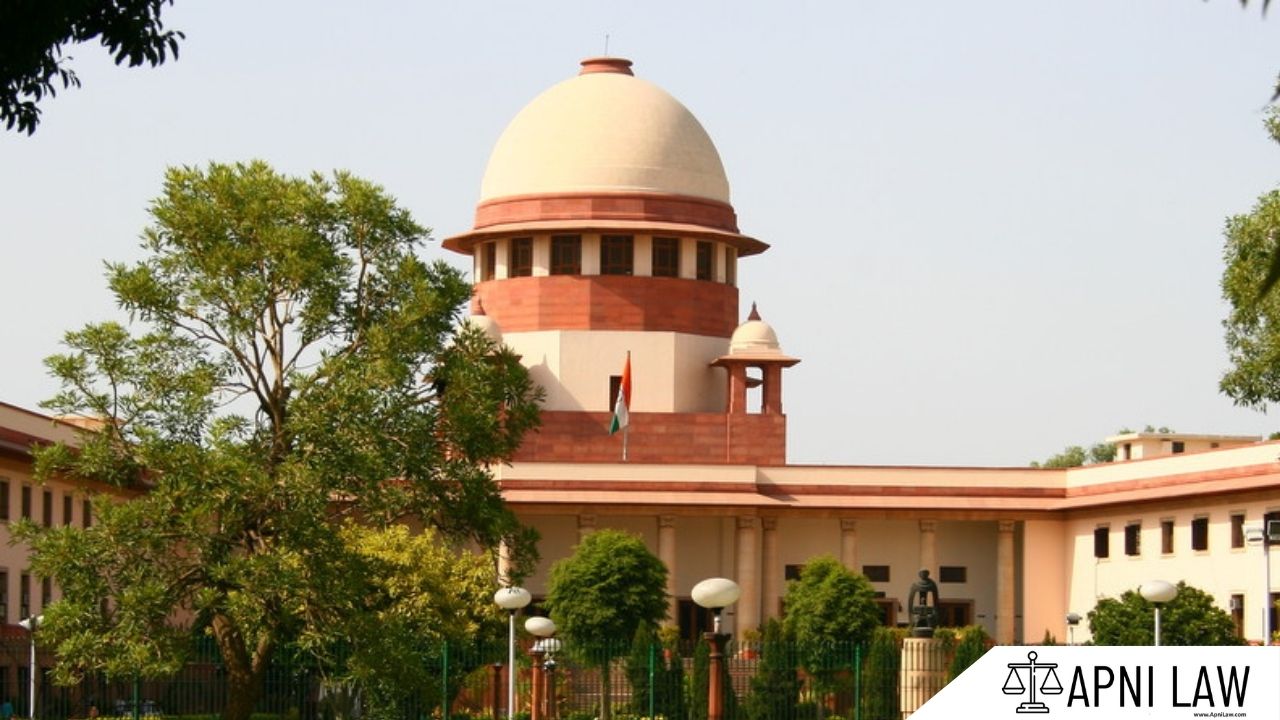BNSS Code 16: Local Jurisdiction of Executive Magistrates
Code
(1) Subject to the control of the State Government, the District Magistrate may, from time to time, define the local limits of the areas within which the Executive Magistrates may exercise all or any of the powers with which they may be invested under this Sanhita.
(2) Except as otherwise provided by such definition, the jurisdiction and powers of every such Magistrate shall extend throughout the district.
Explanation of the Section
The section provides the District Magistrate the authority to define the local limits where Executive Magistrates can exercise their powers. This means the District Magistrate can decide the specific areas within the district where an Executive Magistrate has jurisdiction to perform their duties.
However, in the absence of any specific limitation, the jurisdiction and powers of the Executive Magistrates will extend throughout the district. The section ensures that there is flexibility in assigning powers and jurisdiction to the Executive Magistrates, allowing the District Magistrate to make these decisions based on the needs of the district.
Illustration
Example 1: Defining the Local Limits for an Executive Magistrate
The District Magistrate defines specific areas within a district, such as urban and rural zones, where the Executive Magistrates will have authority to enforce local laws. For instance, the District Magistrate may assign a particular Executive Magistrate to oversee law and order in an urban area, while another is assigned to rural zones.
Example 2: Extended Jurisdiction of Executive Magistrates
Unless the District Magistrate defines specific local limits, an Executive Magistrate will have jurisdiction throughout the entire district. This is beneficial in cases where the District Magistrate believes that the powers should be applicable across all regions for effective governance.
Common Questions and Answers on Local Jurisdiction of Executive Magistrates
1. Can the District Magistrate limit the jurisdiction of Executive Magistrates?
- Answer: Yes, the District Magistrate can define the local limits within which an Executive Magistrate can exercise their powers. This allows for more specific and tailored governance.
2. What happens if no specific limits are defined?
- Answer: If the District Magistrate does not define specific local limits, the Executive Magistrates will have jurisdiction throughout the entire district by default.
3. Who controls the jurisdiction of Executive Magistrates?
- Answer: The District Magistrate, under the control of the State Government, defines the local jurisdiction and powers of Executive Magistrates within the district.
Conclusion
Section 16 grants the District Magistrate the authority to define the local jurisdiction and powers of Executive Magistrates. This provision offers flexibility to ensure that Executive Magistrates can be appointed to areas where their responsibilities are most needed, while maintaining overall jurisdiction across the district unless otherwise defined. This helps in effective law enforcement and administrative control within the district.










